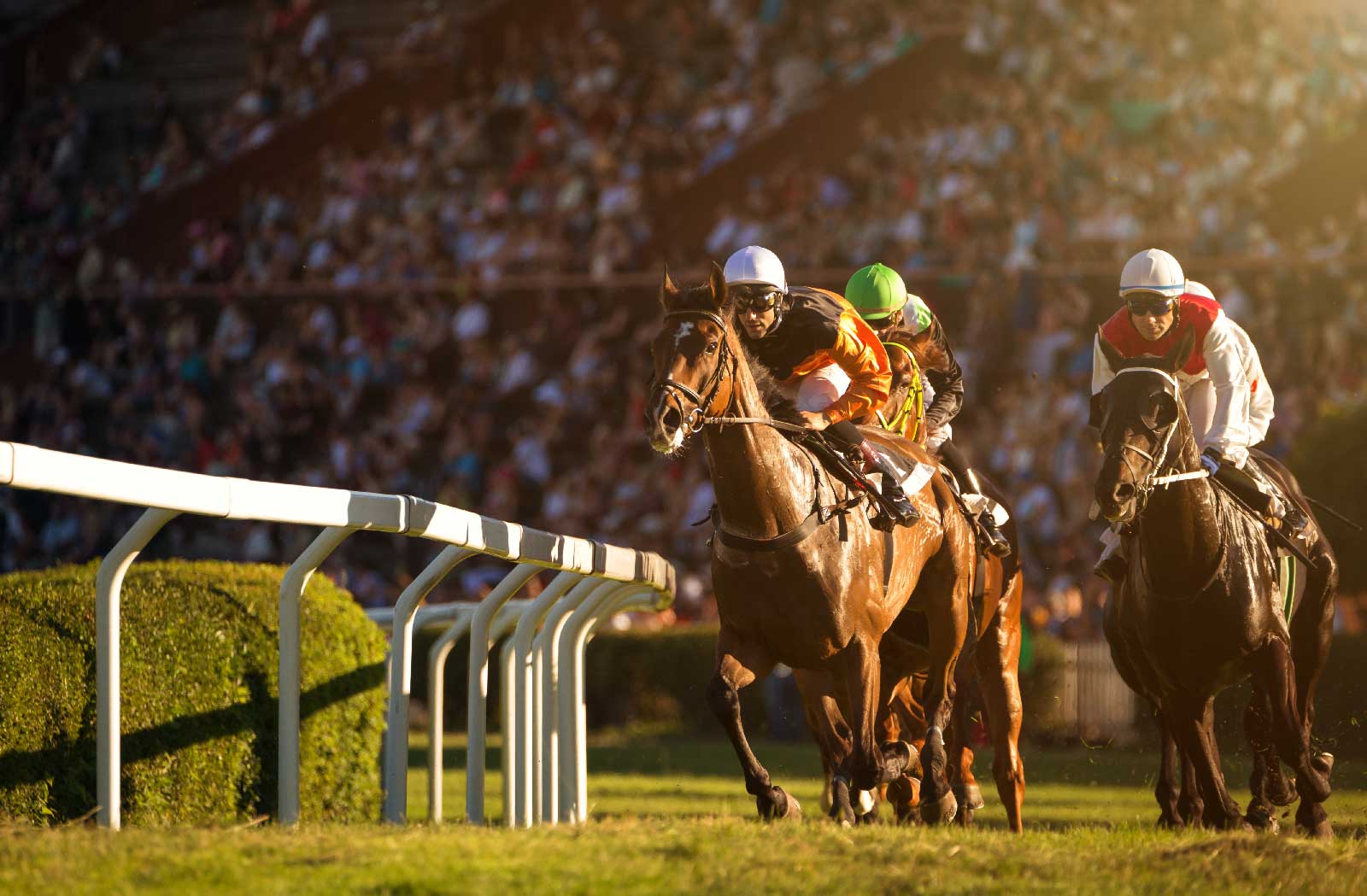From: Equinosis, LLC Veterinary Advisory Council – Kevin Keegan, DVM, MS, DACVS | Laurie Tyrrell, DVM | Deborah Sieber, BVetMed | Christina Frigast, CANDMEDVET MRCVS
On November 5th, 2019, the North American Association of Racetrack Veterinarians (NAARV) released a statement supporting the recent reforms enacted in California and called for continued improvement in pre-race protocols. Their recommendations included the use of inertial sensor measurement with the Equinosis Q (Lameness Locator®) in addition to the existing pre–race examination. We affirm this significant advancement will provide greater sensitivity in identifying horses at risk of injury in training and racing and improve the overall welfare of the equine athlete. With that said, we felt it prudent to clarify what is currently known and what remains to be learned about the application of objective lameness measurement in monitoring, management, and regulation of Thoroughbred racehorses.
For horse owners, trainers, and other industry professionals, we feel it is necessary to clarify certain aspects of implementation of the Lameness Locator® given the current state of technology and scientific study.
The following points summarize key considerations for implementation of objective lameness measurement in the regulatory process.
- Our use of the term “lameness” refers to a clinical sign (symptom), not to pathology or disease.
- We are confident that body-mounted inertial sensors are the best method to measure lameness in the horse.
- By using body-mounted inertial sensors to monitor changes in lameness measurement, we think that reliable indicators can be found that can determine whether or not a horse should be subjected to diagnostic evaluation (bone scan, MRI, etc.) before allowing it to race. This can lead to a decrease in racing and training related injuries in horses (catastrophic and otherwise).
- We think that the change in measurement from a previous measurement, and not a single measurement, will provide the most relevant information associated with training or racing related injuries.
- Using an arbitrary single measurement to decide if a horse is fit or unfit to race or train is unlikely to protect horses from injury.
- We believe that a cost-effective process can be developed to regularly evaluate Thoroughbred racehorses in training with body-mounted inertial sensors, and that this process can be designed with minimal impact to the horses, trainers, or regulatory officials involved in Thoroughbred racing.
For those familiar with the current Lameness Locator® reference ranges, these are lower limits intended to identify lameness with high sensitivity. They were determined for non-racehorses. They were not intended to be used for screening race horses before racing. A reference range for this specific purpose would need to be determined. A proposed study to use body-mounted inertial sensors on racing and training Thoroughbreds to reduce injury rate is available for those interested in collaboration.





Leave a Reply